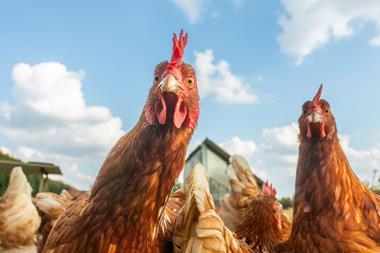The difference between the changes in input and on-shelf prices is at its highest level this decade, which could affect margin forecasts and even prompt a battle on price
Food price inflation has been an issue for the industry for a while now, but the key recent development has been the emergence of differential inflation (the difference between the rise in input prices and the increase in on-shelf prices: the former is currently 6% ahead of the latter, the highest level this decade).
At Oriel Securities, we are nervous about the implications of this and the increasing strain on UK consumers' wallets.
Food retail sales growth is under pressure following a period of relative stability, and gross margins may start to fall (as input prices rise).
Certainly the BRC thinks supermarkets are absorbing differential inflation in their P&Ls right now, and it is questionable whether cost bases will be able to deliver enough savings to keep operating margin forecasts intact. Most companies' supply chains and staff scheduling can be tightened up, but cost savings are finite and there's not that much slack any more anyway. We think there are very material risks to City estimates. Our conclusion is that the momentum of the average food retailer's forecast is now, at best, neutral.
It could get worse. In the absence of a fall guy (a major supermarket operator with sales materially underperforming the industry average), we fear that a genuine battle on price could be brewing, especially if the impact of high food price inflation is to calm volumes.
Increasing petrol prices are hardly helping things, either from a top line or a margin perspective (with distribution costs being a major part of the cost base). The received wisdom is that food retail P&Ls are not open to large swings. The evidence, however, is somewhat different.
The only time we've had a genuine price war in the sector since the last recession was in 1999, when Wal-Mart acquired Asda. That year, Tesco and Morrisons delivered pre-price war City forecasts to the penny. Sainsbury's and Safeway missed estimates by 33% - and Somerfield by 75%.
Stock market valuations are discounting a continuation of the truce on price, solid like-for-like volume growth and further margin recovery from the underperformers (Morrisons and Sainsbury's). We think that is too bullish, and advise investors to apply caution. It could get bloody out there.n
Jonathan Pritchard is a partner at Oriel Securities













No comments yet